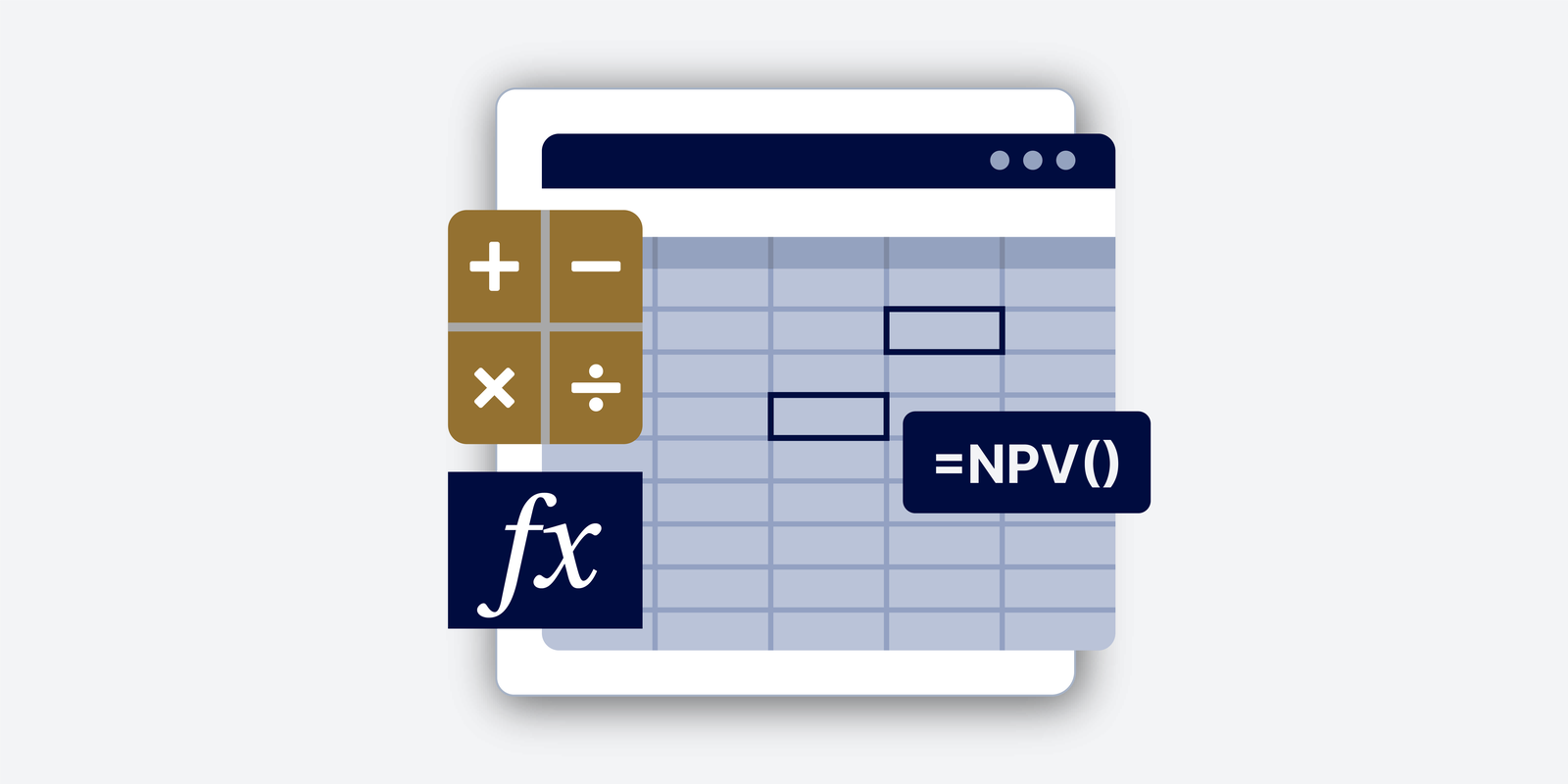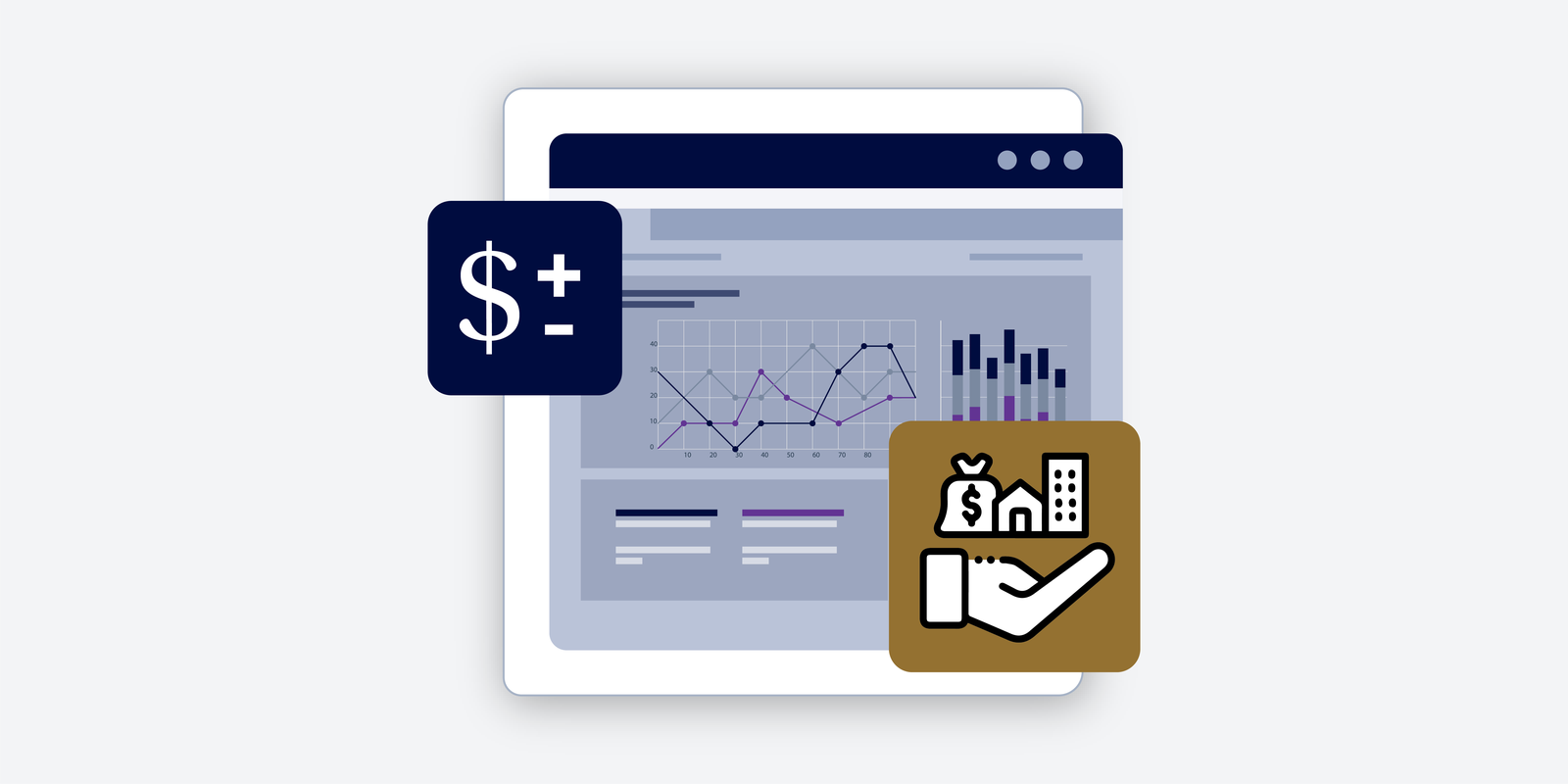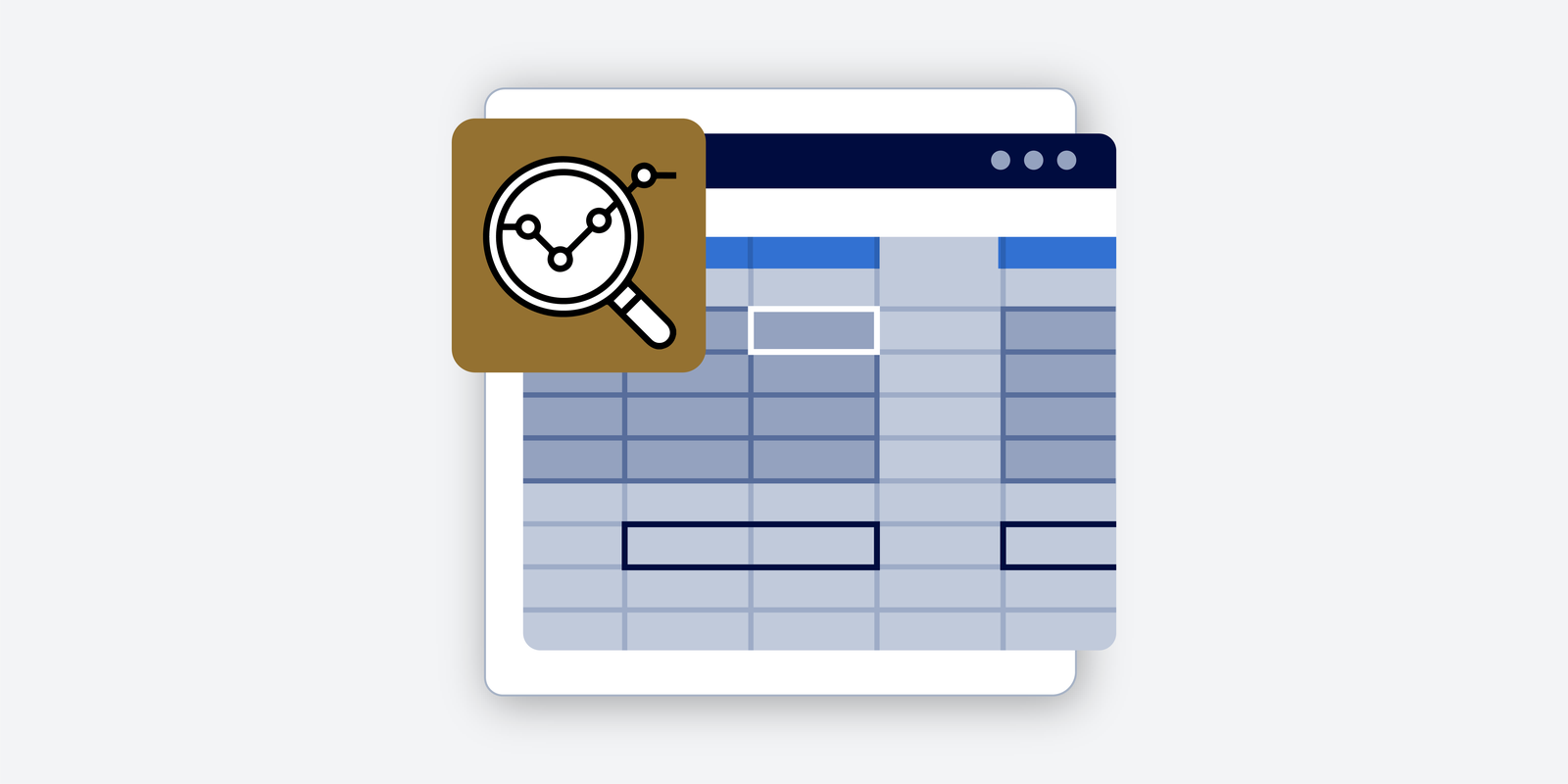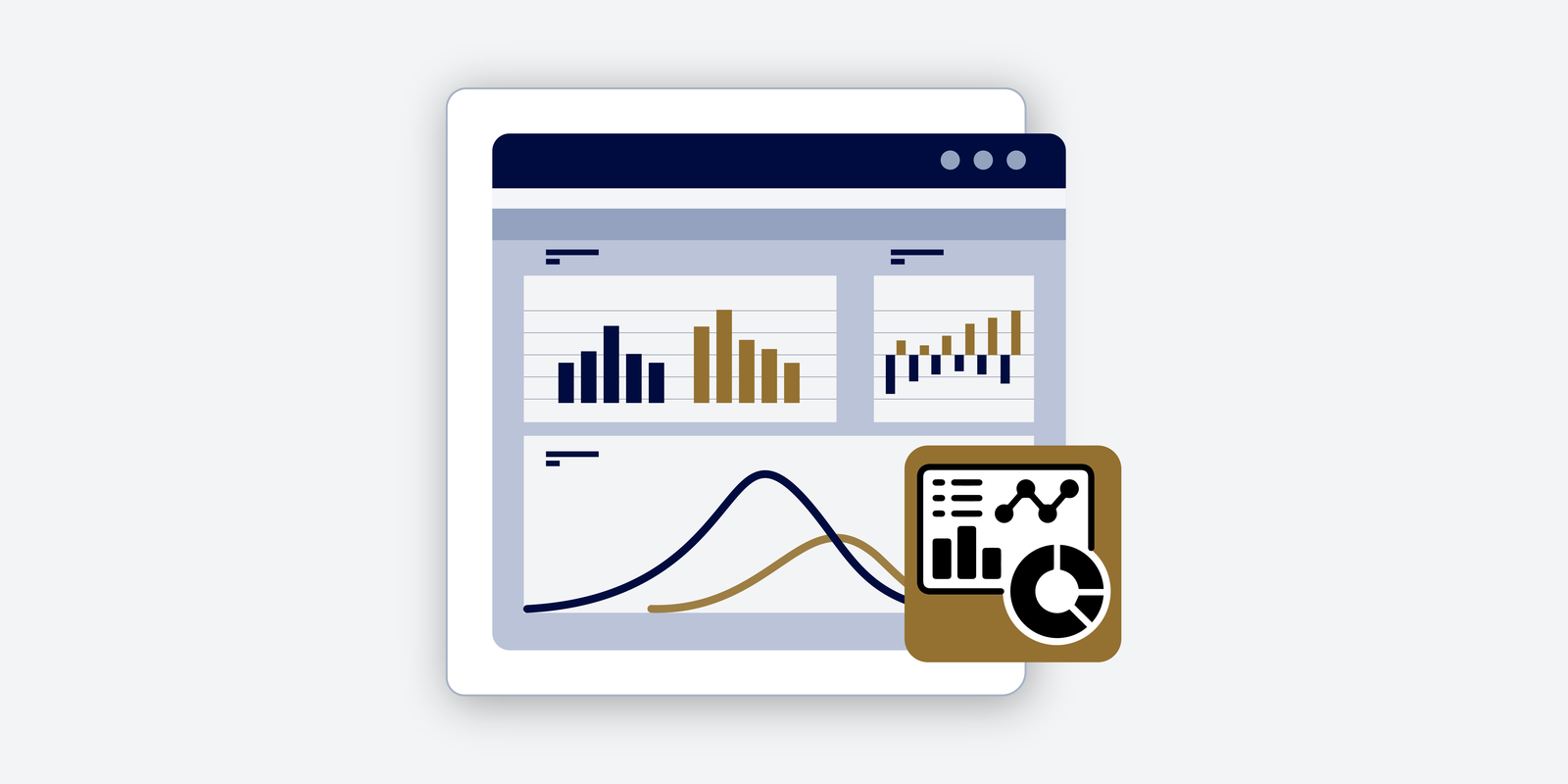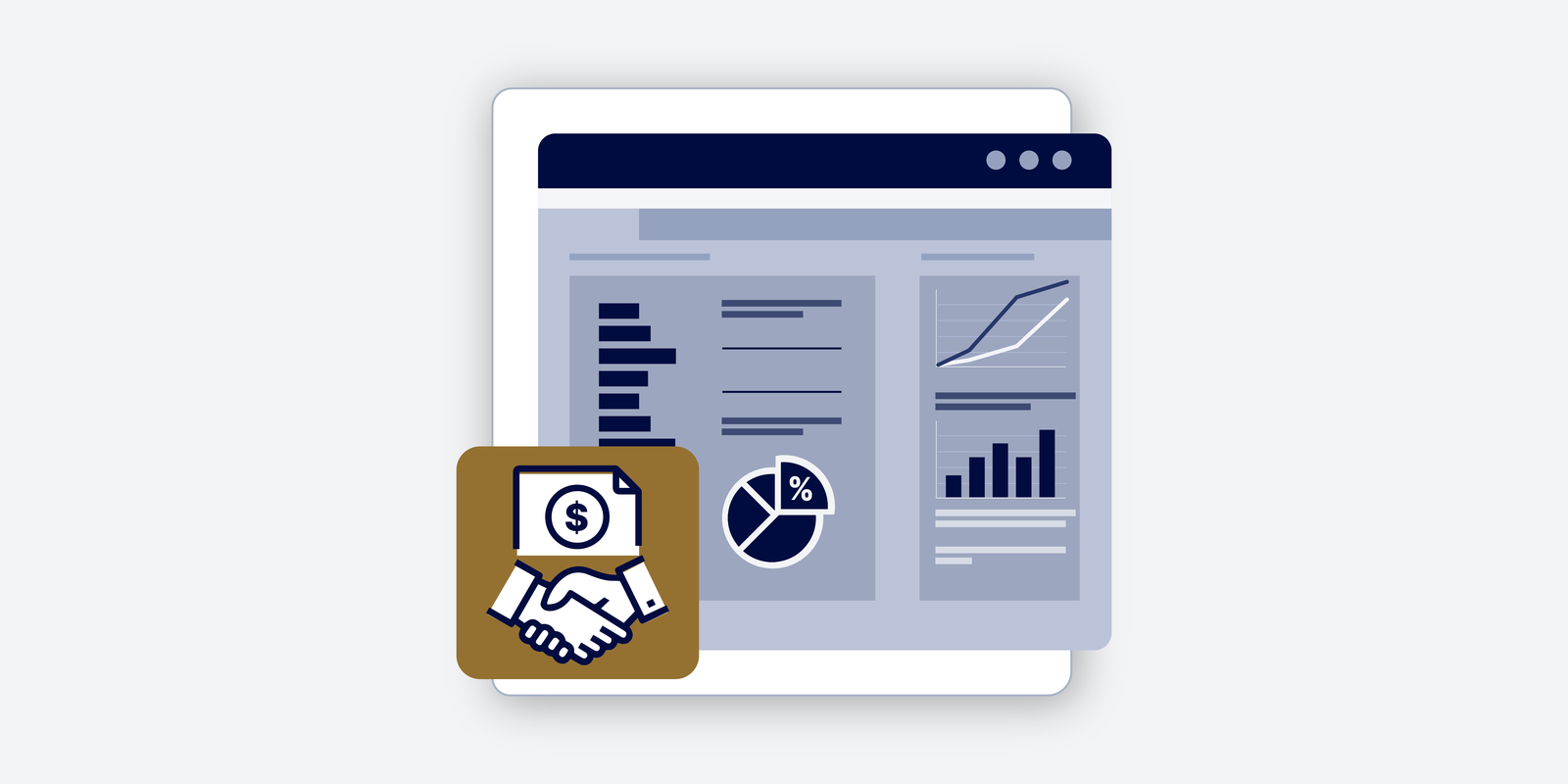Ex-Ante
What is Ex-Ante? Ex-ante is a Latin word that means “before the event.” The term is commonly used in financial markets to refer to the prediction of events such as economic and financial parameters. For example, ex-ante applies when predicting the returns of a security. Analysts use fundamental factors to determine the expected returns and…
